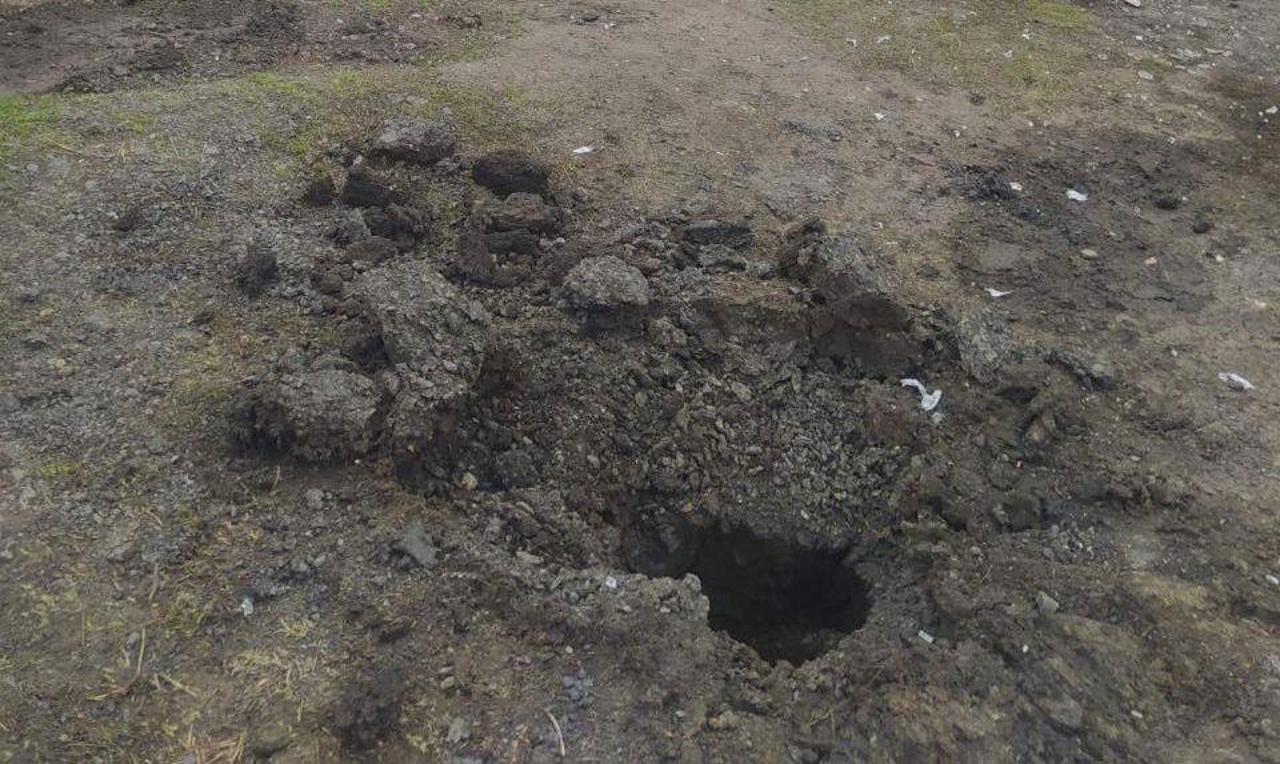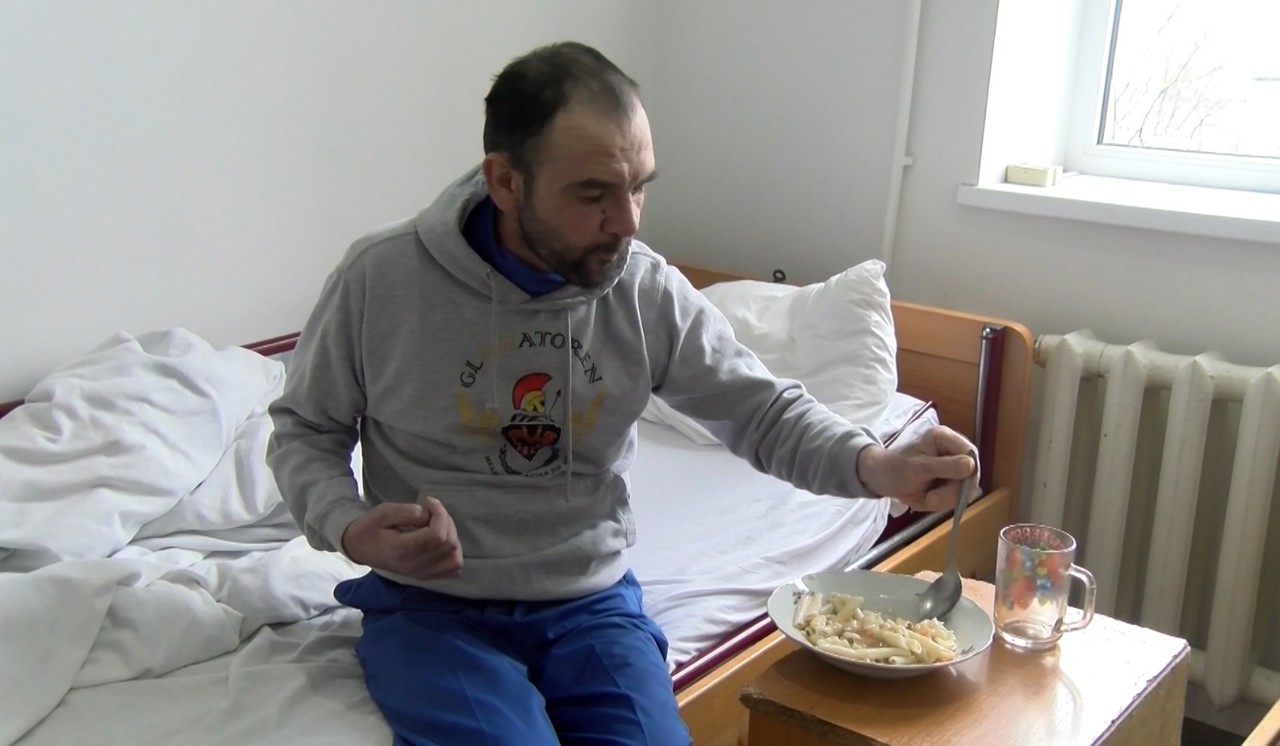Authorities Respond to Kamikaze Drone Attack: Investigation Urged
An unmanned aerial vehicle (UAV) reportedly struck a military unit in the Transnistrian region, according to authorities in Tiraspol.

The incident occurred on Friday when a kamikaze drone targeted a radar within their military installation, as confirmed by the BBC. The Chisinau Office of Reintegration Policy emphasised the need for thorough verification of this information, highlighting the ongoing challenges in the region aimed at instilling panic and maintaining tension.
Authorities in Chisinau asserted that only law enforcement bodies authorised by law can conduct comprehensive investigations into such matters. However, they noted a lack of access to the targeted perimeter for these authorities.
The Reintegration Policy Office issued a statement urging citizens to remain calm and to rely on official sources for information from competent public authorities.
According to reports from Tiraspol, the kamikaze drone struck a military unit of the Ministry of Defense in the Ribnita district at 14:35 on Friday, approximately six kilometres from the Ukrainian border.
Russian agencies cited a report from the "state security ministry" of the self-proclaimed Transnistrian Moldovan Republic, indicating minor damage to the radar station with no casualties reported.
On March 17 of this year, an explosion occurred in one of the military units in Tiraspol, resulting in a fire. Preliminary investigations suggested the explosion was caused by a kamikaze drone attack, with footage captured from the side of the Klever Bridge.
The deliberate nature of the incident, aimed at inducing panic and perpetuating tension in society on both banks of the Dniester River, was concluded by the Reintegration Policy Office. This conclusion was drawn after thorough analysis of video footage circulated on various social networks and media outlets from the left bank of the Dniester.
Translation by Iurie Tataru






